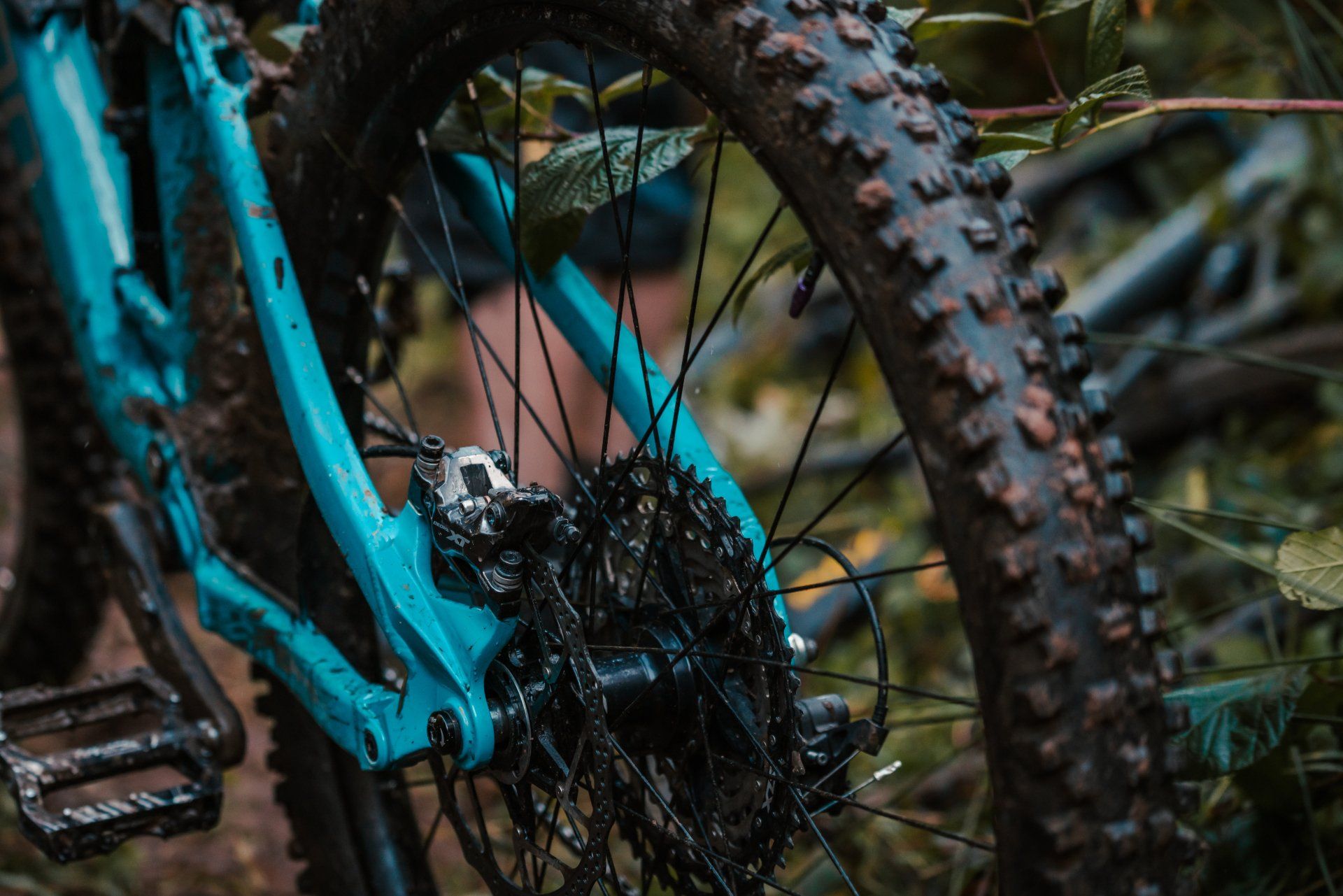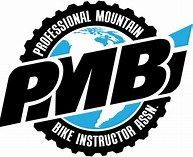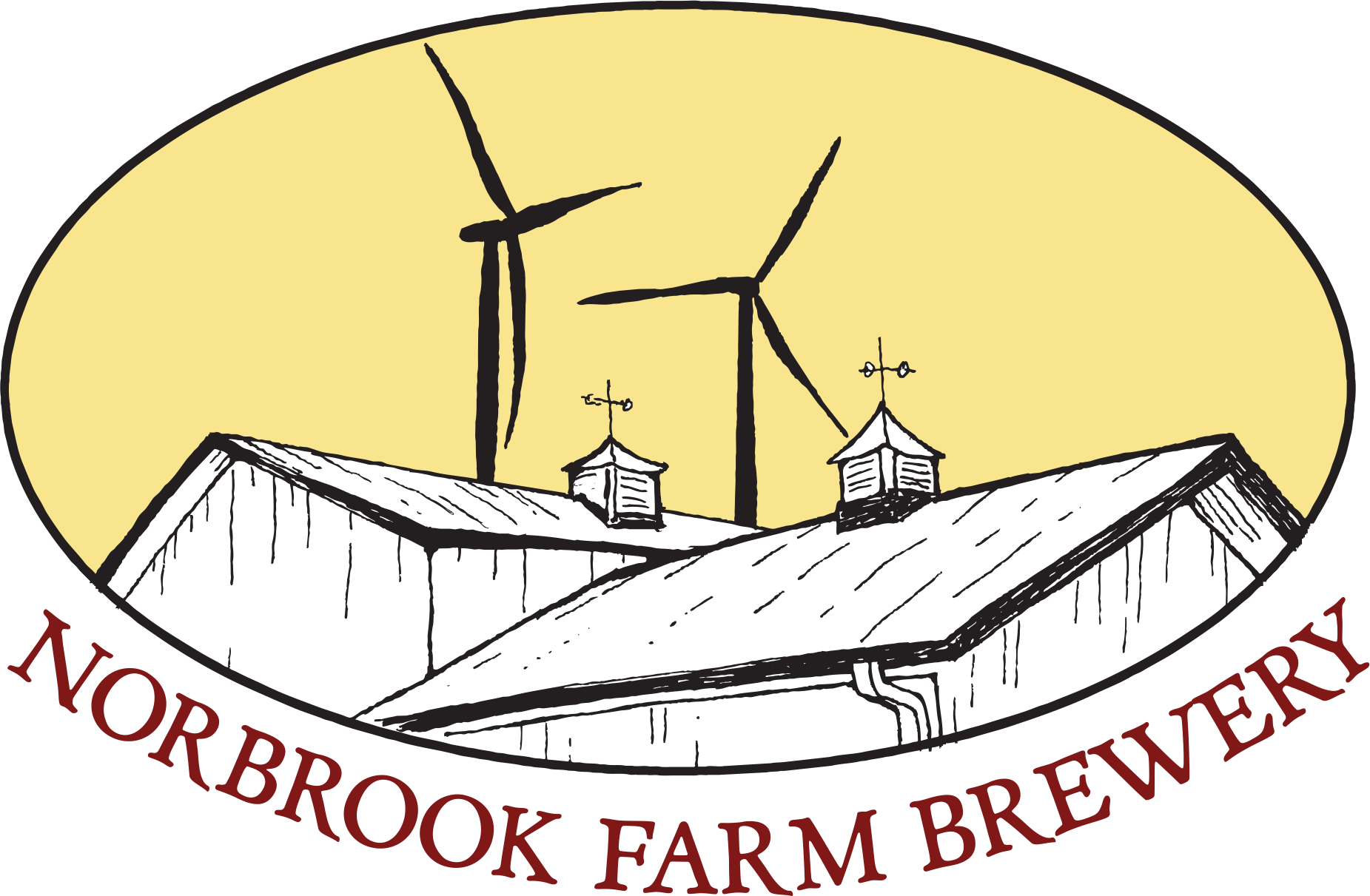Your Guide To MTB Disc Brake Pads
A Short Guide To MTB Disc Brake Pads

There are a few factors that will affect the life of your disc brake pads, whether you use hydraulic or mechanical/cable actuated disc brakes:
- Rider size
- Climate and trail conditions
- What kind of riding you intend to do
- Which size rotors are used?
- What level of braking
In general, your disc pads need to be replaced if the braking surface is less than 1.5mm. Changing your pads is typically a simple procedure that you may perform at home. The first two disc brake pad types—sintered (metallic), resin (organic), and semi-organic—are the most prevalent of the three. Every kind of pad has advantages and disadvantages.
The Different Types of MTB Disc Brake Pads
Sintered (metallic) Brake Pads Metallic
These brake pads are composed of additional hardened metal elements, typically shavings of copper. If you frequently ride in rainy, muddy, or mixed weather conditions, you weigh a lot, or you frequently ride steep descent courses, you should use these brake pads.
Pros
- Fade at a higher temperature than resin disc brake pads
- Perform much better in wet conditions
- Last longer than resin disc brake pads
Cons
- Noisier
- Longer brake-in time
- Less initial bite
- Heat is conducted through the caliper, not the rotor
- Causes the most rotor wear
Resin (organic) Brake Pads
Also known as "organic" disc brake pads, these are made of a high-density ceramic and rasin-bonded. If you are a lighter rider who needs less braking, you should use these brake pads. On general, they are better for riding in flat terrain and cross-country. These brake pads won't work well in rainy, muddy, or even dusty circumstances, despite offering higher initial stopping power and heat dissipation in low-speed settings.
Pros
- Less Noisy
- Shorter brake-in period
- More initial bite
- Prevent heat buildup
- Heat is transferred back into the rotor
- Don’t wear your rotor as much as disc brake pads
Cons
- Wear out much quicker
- Not as good in wet/muddy conditions
Semi-Organic Brake Pads
These disc brake pads will offer a tradeoff between braking performance and pad wear/noise. They will still stop very well while making braking a little less noisy and cause a little less rotor wear. Some manufacturers will fix these brake pads on higher end all-mountain, trail, and cross country oriented mountain bikes.














